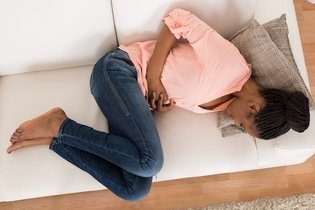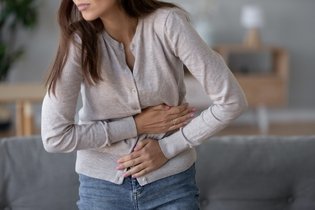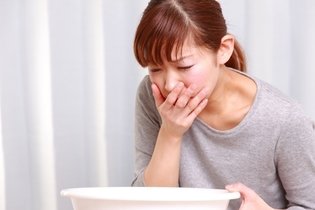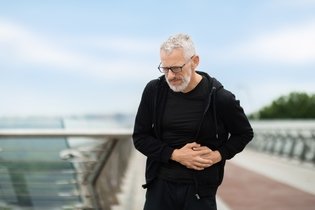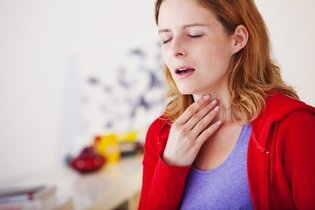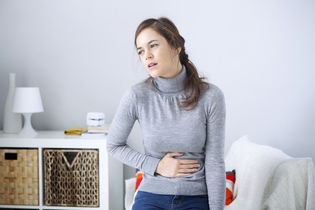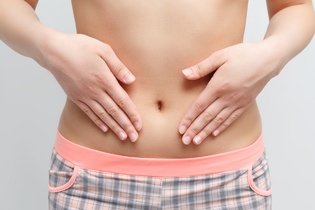Hemorrhoid self-care are measures that are taken in addition to the hemorrhoid treatment prescribed by your doctor. These can include eating lots of fiber, drinking plenty of water, avoiding using toilet paper and performing sitz baths.
Typically hemorrhoid treatment usually involves the use of topical creams that are applied directly on the hemorrhoid to help relieve inflammation. Your doctor may also recommend of oral analgesics and/or anti-inflammatory medication, such as acetaminophen or ibuprofen. All medications should be taken as prescribed by the doctor.
Sometimes, surgical procedures may also be indicated, especially in cases with consistently bleeding hemorrhoids or those that interfere with bowel movements. Learn more about internal hemorrhoids or external hemorrhoids and what can cause them.
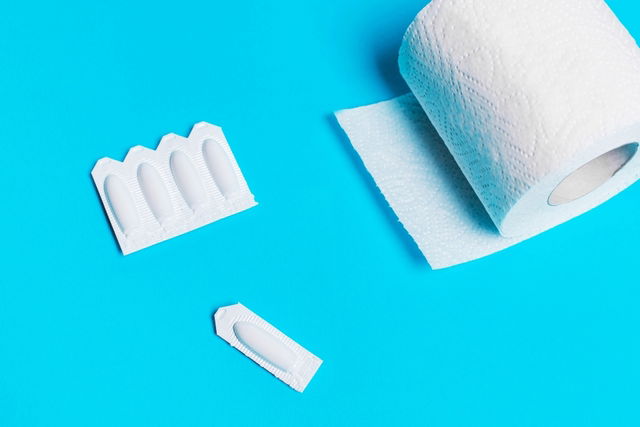
Self-care tips
Some ways you can treat your hemorrhoids at home include:
1. Eat a fiber-rich diet
To help treat or prevent worsening of hemorrhoids, it is recommended to increase the intake of fiber-rich foods, such as wholegrain rice, flaxseed or wheat germ. These foods help to soften the stool, which eases bowel movements and decreases pain when passing stool. Diet plays an important role in hemorrhoid treatment and prevention, but learn about the other causes of hemorrhoids.
2. Drink 2 liters of water per day
Drinking about 1.5 to 2 liters (around 8 cups) of water per day helps hydrate the stools, making bowel movements easier, which, in return, helps hemorrhoids to heal more easily.
3. Use the toilet as soon as needed
Another strategy that can help relieve pain when you need to pass stool is to use the toilet as soon as you need to. Doing this helps ensure that the poop is eliminated when it is still hydrated, decreasing the pain and pressure on the hemorrhoids.
4. Avoid using toilet paper
Even though toilet paper is one of the easiest ways of cleaning yourself after using the toilet, it may not be a good option when you have hemorrhoids. This is because toilet paper can be very abrasive and cause irritation to the anal area, increasing discomfort.
It's best to clean yourself using water or a wet wipe.
5. Exercise regularly
Performing regular physical exercise, such as walking or swimming, increases bowel mobility and helps the poop to form and be excreted more easily, decreasing pain while passing stools.
6. Apply a hemorrhoid cream
Hemorrhoid creams are used very frequently to treat hemorrhoids, because they have vasoconstriction, analgesic, and anti-inflammatory properties.
These types of cream need to be prescribed by a doctor and applied directly on the hemorrhoids, with a soft massage 2 - 3 times a day, while treatment lasts. Read more about the ointments your doctor may prescribe to get rid of hemorrhoids.
7. Do a sitz bath
Sitz baths are a good natural treatment for hemorrhoids which can be done just with warm water about three to four times a day. Warm water helps to relieve discomfort and pain.
To do a sitz bath, you just need to fill a big bowl with warm water, or just the bottom of the bath tub, and sit inside it for about twenty minutes or until the water gets cold.
Sitz baths can be more effective if plants with anti-inflammatory and/or calming properties are added to the water, such as chamomile, hamamelis or burdock. Learn about other sitz baths for hemorrhoids that you can prepare at home.
Signs of improvement
Signs of improvement include relief of pain and discomfort, especially during bowel movements or when sitting. Usually, any blood that was present in the stool or with wiping will also resolve, and lumps in the anus will reduce in size and disappear.
Signs of worsening
Signs of worsening include increased pain and discomfort, especially when sitting or having a bowel movement, an increase in the size of the lump(s) in the anus, and more blood in the stool or with wiping after a bowel movement.

